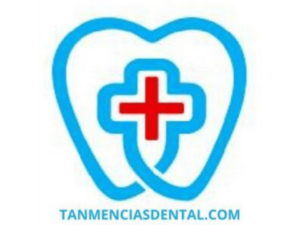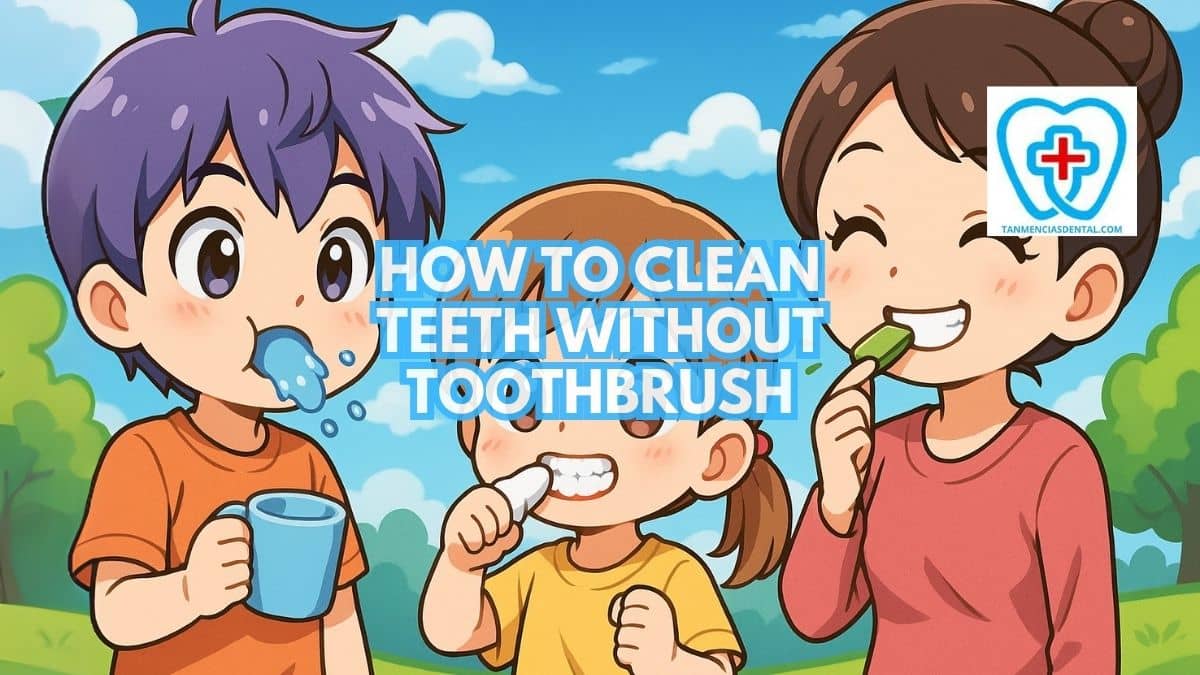You may not always have access to a toothbrush, such as during camping, at school, or on a busy day.
Using different methods to clean teeth can effectively protect your oral health.
These techniques help prevent tooth decay and gum disease when regular brushing isn’t possible.
People of all ages can benefit from learning these methods.
Consistently using these alternative ways keeps your mouth healthy and comfortable.
1. Swishing Mouth With Water to Reduce Germs
Rinsing your mouth vigorously with water helps clear away food and germs stuck around your teeth.
Aim to swish for at least thirty seconds to thoroughly remove food debris.
Doing this after every meal reduces the chance of cavities and keeps your mouth fresh.
Warm water can help dislodge stubborn particles more effectively than cold water.
This simple method is easy to do anywhere and needs no special equipment.
🦷 What Are the Best Soft Foods to Eat After Teeth Pulled for Comfort and Nutrition?
2. Washing Hands Before Oral Care for Hygiene
Always wash your hands well with soap and water before touching your teeth or mouth.
Proper handwashing prevents harmful germs from transferring to your mouth and causing illness.
Scrub your hands for at least twenty seconds, including between fingers and under nails.
Dry your hands completely with a clean towel afterward.
Good hand hygiene is essential for safely cleaning your teeth without a toothbrush.
🦷 Why Smoking After Tooth Extraction Delays Recovery and Causes Infection
3. Cleaning Teeth With Cloth Or Finger When in Need
If you don’t have a toothbrush, use a clean cloth wrapped around your finger to gently rub your teeth and gums.
Move your finger in small circles to remove food particles and plaque effectively.
If a cloth isn’t available, your finger alone will still work if it’s clean.
A soft cloth is best to avoid harming your gums or tooth enamel.
This method is useful in situations with limited dental supplies, like camping.
🦷 How to Choose the Best Mouthwash for Gum Disease
4. Removing Debris With Floss Or Interdental Brushes for Deep Cleaning
Floss and interdental brushes effectively clean spaces between teeth that are difficult to reach otherwise.
Carefully move the floss back and forth to remove trapped food bits and plaque.
Interdental brushes are useful, especially if you have braces or wider spaces between your teeth.
Using floss or brushes regularly helps protect against gum problems.
Keep floss or interdental brushes handy in your backpack or purse for convenient access.
🦷 What Are the Most Effective Methods on How to Close Gaps in Your Teeth?
5. Chewing Sugar-Free Gum For Freshness and Protection
Chewing sugar-free gum boosts saliva production, which naturally cleans your teeth by washing away leftover food particles.
Increased saliva flow also helps neutralize acids in your mouth that cause cavities.
Choose gum with xylitol, a natural ingredient that fights harmful bacteria and strengthens your teeth.
Chewing gum for about twenty minutes after eating significantly enhances oral cleanliness.
This method offers a quick and pleasant way to keep your mouth fresh.
🦷 How to Close Your Teeth Gap At Home: Myths vs. Facts
6. Eating Crunchy Fruits And Vegetables to Scrub Teeth
Crunchy fruits and vegetables like apples, carrots, and celery naturally scrub your teeth as you chew them.
Their rough texture helps remove food debris and plaque.
Regularly eating these foods strengthens gums due to their vitamins and nutrients.
Chewing crunchy foods also increases saliva production, further cleaning your teeth.
This tasty solution supports both dental and overall health.
🦷 How to Close Gaps in Teeth Naturally
7. Practicing Oil Pulling With Coconut Oil for Oral Hygiene
Oil pulling involves swishing coconut oil around your mouth for about ten to fifteen minutes to remove harmful bacteria and plaque.
Coconut oil has natural antibacterial qualities that promote healthy gums and prevent tooth decay.
After swishing, spit out the oil into a trash can rather than the sink to avoid clogs.
Rinse your mouth well afterward with warm water to clear out leftover oil.
Practicing oil pulling regularly helps improve oral health and freshen breath.
🦷 Beyond Bad Breath: The Devastating Effects Of Not Brushing Teeth
8. Using Baking Soda Paste for a Quick Clean
Create a simple cleaning paste by mixing baking soda with a small amount of water.
Gently rub this paste on your teeth using a finger or cloth for about a minute.
Baking soda helps reduce bacteria, neutralize acids, and lighten stains on your teeth.
Rinse your mouth thoroughly afterward to remove any remaining paste.
Limit baking soda use to once or twice weekly to avoid damage to your teeth’s enamel.
🦷 Why Choosing the Right Stuff to Eat After Wisdom Teeth Removal Matters for Healing
9. Rinsing With Fluoride Mouthwash for Extra Protection
Using fluoride mouthwash is an effective way to clean teeth when brushing isn’t possible.
Swish the mouthwash around your mouth for at least thirty seconds, covering all your teeth.
Fluoride strengthens your enamel, providing protection against tooth decay.
Choose a mouthwash clearly labeled as containing fluoride for maximum benefit.
Carry a small bottle of fluoride mouthwash with you for easy and quick use anytime.
🦷 Did You Brush in Vain? The Truth About Eating After Brushing Teeth
10. Stimulating Saliva For Natural Cleaning and Freshness
Saliva naturally cleans your teeth by washing away food bits and neutralizing harmful mouth acids.
Drinking water throughout the day helps maintain good saliva production.
Eating citrus fruits or using sugar-free candies also stimulates saliva flow.
Adequate saliva prevents dry mouth and reduces bad breath effectively.
Encouraging saliva production is a simple and natural way to keep your teeth clean and healthy.
🦷 Marikina Dental Health Center
👨⚕️ Conclusion
Knowing how to effectively clean your teeth without a toothbrush ensures good oral health, especially when traveling or during busy schedules.
Regularly using these methods helps prevent dental problems such as cavities and gum disease.
Simple practices like rinsing with water or chewing sugar-free gum make a significant difference.
Keep floss, mouthwash, or gum readily available to support continuous dental care.
Being ready with these alternative methods keeps your smile healthy and fresh wherever you go.
😊 Self-Promotion
Visit us at Tan-Mencias Dental Clinic at 44 G. Del Pilar Street, Parang, Marikina City—we’d love to help you keep your smile healthy.
Our friendly team is here to take care of your teeth in a clean and comfortable place.
If you have any questions, you can call us at 0917-145-1074.
You can also reach out to us via our Facebook page or our website’s contact form.
We’re always happy to help with your dental needs!

